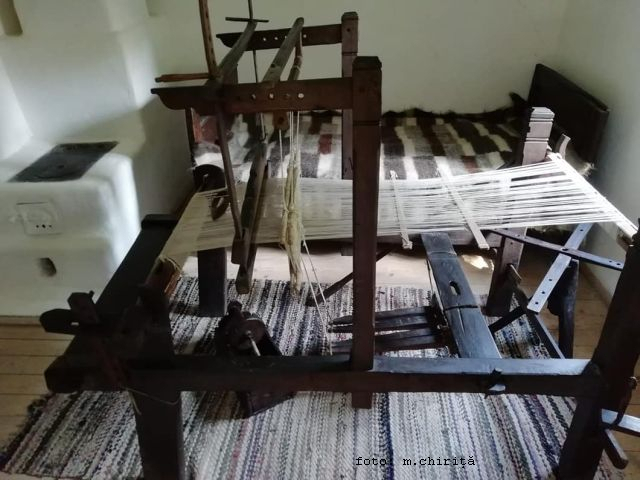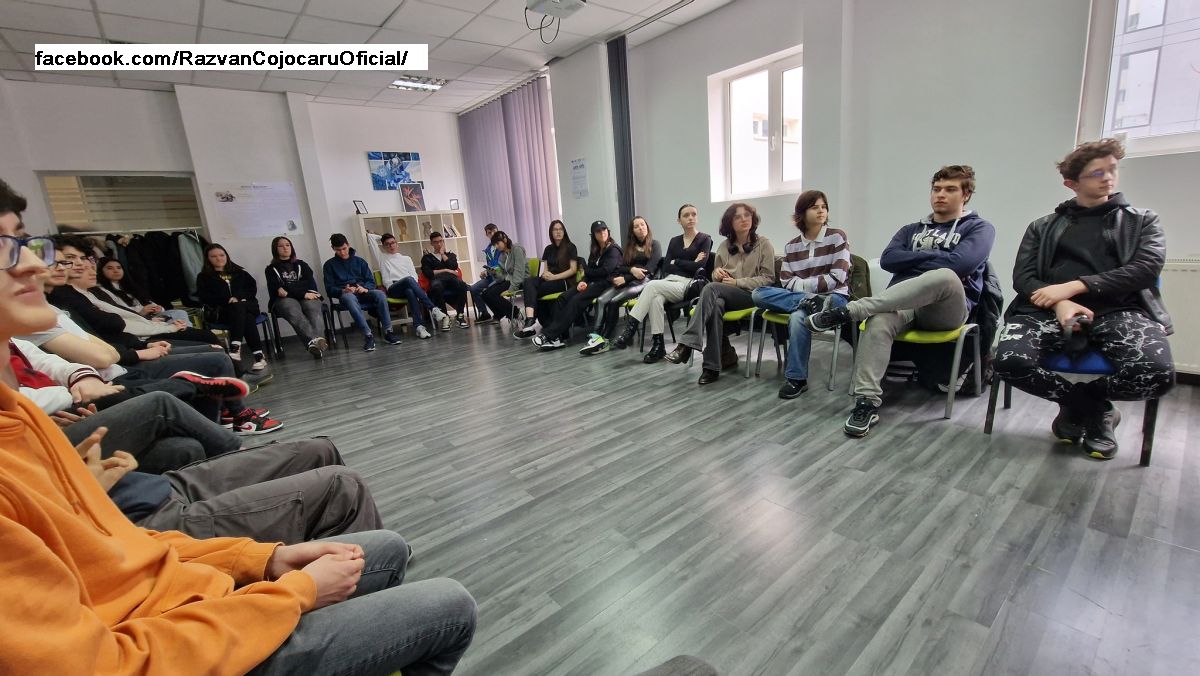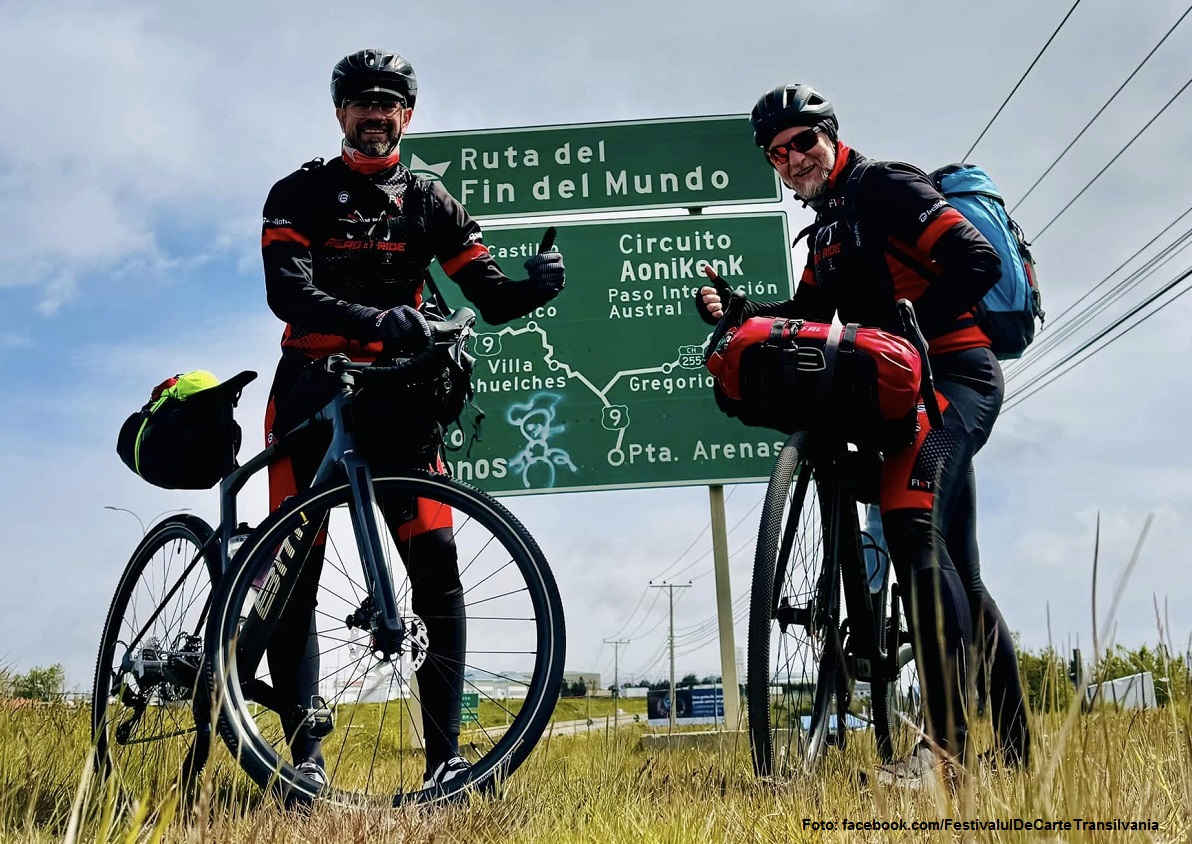The Octogenarian Museum
84 years on, the Dimitrie Gusti National Village Museum of Bucharest is younger than ever

Ana-Maria Cononovici, 26.05.2020, 14:00
84 years on, the Dimitrie Gusti National Village Museum of Bucharest is younger than ever, and celebrates its youth with a series of events, including the Dimitrie Gusti Homage Year for the Bucharest Sociological School, an event created by the Romanian Academy for the 140th anniversary of the birth of Dimitrie Gusti, a prestigious academician, who went on to preside over the Romanian Academy between 1944 and 1946.
Paula Popoiu, manager of the museum, told us about how the Academy declared 2020 as homage year for the great scientist:
“2020 was declared the Dimitrie Gusti and the Bucharest Sociological School homage year early in the year, when the Romanian Academy held an anniversary conference. This makes me very glad, because it showcases this great man of culture, great professor, and great minister, who is a major part of the history of the school of sociology. I want to emphasize the importance of this creation, the only thing left, after the Sociological School of Bucharest was banned, and Dimitrie Gusti was expelled from cultural life. What is important is that his and his schools assiduous labor resulted in this creation that we call the Village Museum. And, as you all know, the Sociological School of Bucharest did not run its research to create the museum, but to improve the life of peasants in villages. The research had another purpose, but this museum is what remains.”
The museum opened for the public in 1936. This permanent exhibition has 14 ha and over 380 monuments, 60,000 heritage collection items, and over 250,000 archive documents on traditional village life. The permanent and temporary exhibitions attract half a million visitors annually. The Village Museum is usually open the week round, and is the most visited objective in Romania.
During vacations, the Dimitrie Gusti National Village Museum of Bucharest holds workshops for children, so we asked Paula Popoiu what the situation is this year, when, after two months of shut down, museums are tentatively opening their gates under social distancing, something no one had even considered before:
“Our event Summer on the village road will be held in August this year. For the time being we did not make any decisions for this event, because a lot may happen until August. But we did not want to sit idly by, we thought we could do this with a limited number of kids, because we have the possibility of bringing them into the courtyards of houses to hold workshops, the few that we are able to. Meaning we provide some activities for the kids, so they dont have to spend all their summer vacation at home. Most of the activities with the kids will be online, for the time being. We will take things in stride, but we wont forget the chidren. We already have an online portal, Fairytale House. In addition to the actors who helped us, and whom I thank, I and my colleagues read stories too. We will continue to have activities online for the time being, and we will be adapting as things go along.”
The museum organizes traditional events and festivals, in which traditional craftsmen and musicians show visitors slivers of village life. But, because it does not want to be stuck in the past, the museum created a digital project, Living Human Treasures, after it digitized its archive. Paula Popoiu told us about it:
“This is thanks to Ms. Camelia Moise, a journalist who made the movies, and we joined this project, and will continue, together with her, to run the research for showcasing these craftsmen and musicians, who are very important, they are the essence of traditional culture right now.”
Irina Cajal, undersecretary with the Ministry of Culture, recalled for us her beginnings at the museum, with an encouraging message:
“I am reminiscing about how 60 years ago I set foot in this museum, to my left I had Mr. Focsa, and on my right I had Mr. Stahl and Mr. Tancred Banateanu. These were the three great founders of this museum, who loved it dearly. I have a degree in anthropology, I am one of Levi Strass students, but I live in this museum, I have been loving it for many years, and I still love it. A good part of my life has been dedicated to it, and I love the people here. We have a lot of projects at the Culture Ministry, I deal a lot with minorities and their festivals, I deal with everything that has to do with traditional art. As the daughter of an expert in viruses, Professor Cajal, who dealt with them all his life, and talked about them with us all the time, I assure you that this virus will go away, and will leave us be to see to our beautiful life that now we are pining for. I promise you that.”
The museum is full of flowers right now, and things are getting along as it always has. Now you can once again enjoy them, the scenery, the scents, and the feeling of peace.






























